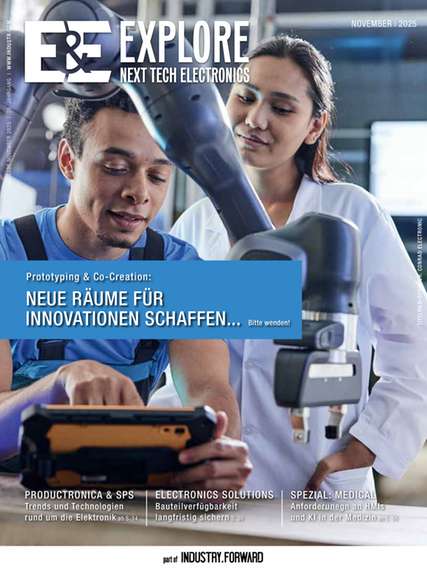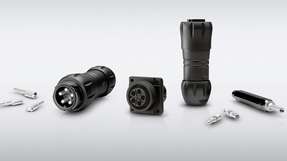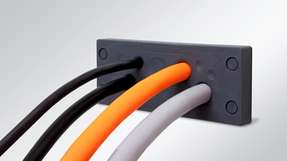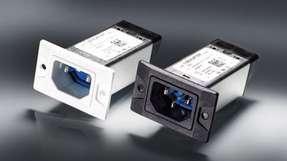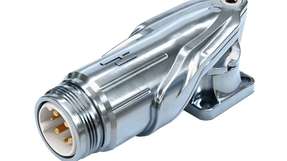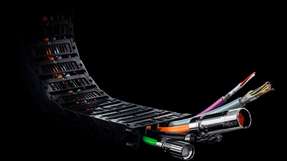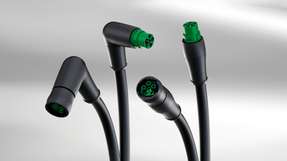While safety is a critical component in creating any vehicle, hybrid and electric vehicles require an even greater level of prudence given the risks associated with their high voltage batteries. The higher operating voltages (around 400 to 1000 volts) in these vehicles far surpass that of conventional automobiles (12V batteries). Connecting and protecting the flow of high voltage (HV) power from the grid, to the battery and through the vehicle must be completed in a highly efficient and skilled manner.
Safer Vehicles: A call to action
Hybrid and electric vehicles are changing the automotive landscape as we know it. Consumers are demanding lighter cars with advanced powertrains that get better fuel economy without sacrificing safety. While automakers are taking steps to correct potential risks, there are a number of elements that must be considered to safely complete the connection in a high voltage vehicle architecture. Significant injuries with possibly deadly results can occur if a person comes in contact with high voltage power. The design of all components within a high voltage system must include features that protect the employees who assemble and service hybrid and electric vehicles. In addition, the components must be designed, tested and validated to demonstrate they can handle such power levels throughout the life of the vehicle.
Designing for vehicle safety
Automakers address known and potential safety issues when developing the specifications for the products and systems used in their vehicles. Safety is priority and is designed into the HV battery and its interfaces. They are designed for the proper creepage/clearance distances for safe operation at nominal operating voltages but also for fault conditions (voltage spikes >2,500V). Mating or unmating a connector while in a powered state can result in significant and destructive arcing. The high voltage interlock (HVIL) circuit confirms that the system is in an unpowered state prior to mating or unmating a connector. HVILs can be used to create a safe connect (mating and unmating).There are several components and product features that protect service technicians, operators and consumers if manufactured properly. Every automaker requires a service disconnect (SD) on its battery. The SD opens the HVIL circuit prior to separation of HV contacts.
Cautious connectors
The HV electrical architecture components can be designed with safety features to make a connector „touch safe“ or „finger proof“, thus creating a safer operating environment for technicians. Proper material selection is essential to the quality and reliability of HV connectors. The plastic used must have the proper comparative tracking index (CTI) given the voltage conditions and connector design. The high voltage cable used with the connection system must also be properly selected given the application needs (voltage/current; routing ease, etc). As the sealing performance of the connection system relies on the geometry and insulation material characteristics of the high voltage cable, each cable from each manufacturer must be validated to confirm proper performance. Non-validated cables can create safety and performance issues.
The need for testing in an HV environment
Significant testing is done to uncover failure modes in HV systems. OEMs often team with their suppliers to find the root cause of testing failures and provide a robust solution. Suppliers with experienced development engineering staffs are valuable resources to hybrid and electric vehicle OEMs as they continue to improve and evolve their vehicles through precise safety studies. The new safety standard ISO 262625 requires cooperation of engineers on both system and component level. One element of safety is not more important than another in a high voltage environment. Long-term product reliability and quality control is a must. Any lapse in product performance can result in eminent danger. Design, material and manufacturing integrity is typically found with experienced, proven, qualified suppliers. Hybrid and electric vehicle adoption will expand on a global scale in the coming years and safe connectivity in the car will undoubtedly help fuel this growth.
